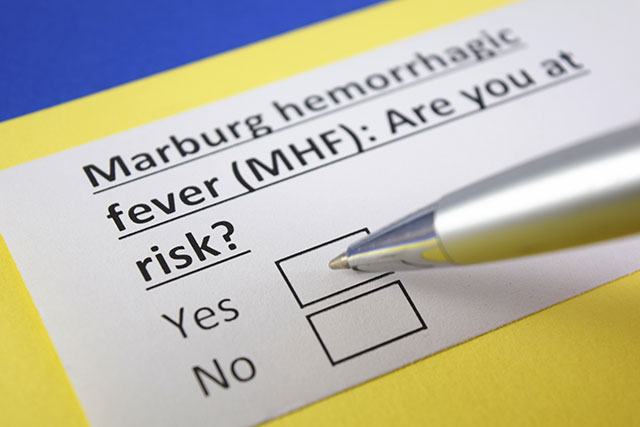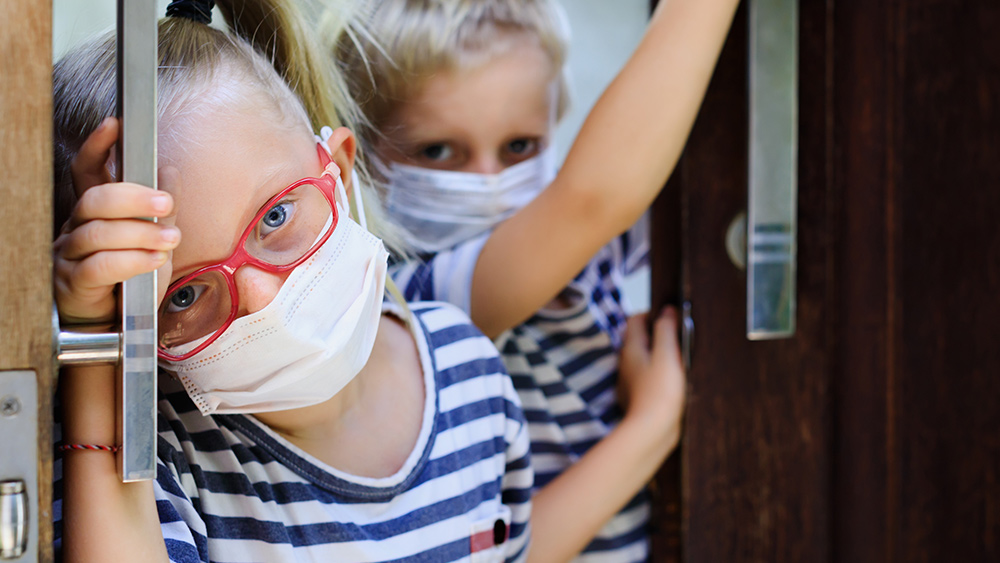Rising coronavirus infection and death rates plague India and Brazil, following covid vaccine rollouts in both countries
05/12/2021 / By Nolan Barton

Hospitals in India scrambled for beds and oxygen as coronavirus (COVID-19) infections surged to a new daily record on Thursday, April 15, with a second wave of infections centered on the prosperous western state of Maharashtra.
India’s Ministry of Health and Family Welfare data showed that the country has added 200,739 infections over the last 24 hours – a seventh daily record surge in the last eight days. The 1,038 deaths during the same span took India’s COVID-19 death toll to 173,123.
“The situation is horrible,” said Avinash Gawande, an official at a government hospital in the industrial city of Nagpur that was battling a flood of patients. “We are a 900-bed hospital, but there are about 60 patients waiting and we don’t have space for them.”
A similar scene is happening more than 9,000 miles away in Brazil. Just over a week ago, Brazil recorded 4,195 deaths in one day. It came close to the peak U.S. daily death toll of 4,476 recorded on Jan. 12, according to data from Johns Hopkins University.
Brazil second in post-vaccine COVID-19 deaths, India second in COVID-19 infections
With 3,560 more deaths on Thursday, Brazil’s death toll is now at 365,000 – second only to the U.S. Brazil has recorded 13.7 million cases since the start of the pandemic, next to India’s 14.3 million. The U.S. is the runaway leader in both categories with 31.5 million recorded cases and 565,000 deaths related to COVID-19. (Related: Brazil records more than 4,000 coronavirus deaths in 24 hours for the first time.)
News outlet the Sun reported earlier this month that people in Brazil are digging up skeletons in an overflowing cemetery to make room for more COVID-19 casualties.
The rising infection and death rates come as the pace of the vaccination drives in each country has sped up in the past month after an initially sluggish start. India has managed to administer more than 117 million vaccine doses, compared to Brazil’s almost 33 million – though the latter has injected a higher proportion of its population. India has a population of 1.4 billion while Brazil has 214 million.
With the recent surge in COVID-19 infections, India is once again home to the world’s second-largest outbreak – overtaking Brazil after the Latin American country moved ahead in March.
But experts were baffled by the divergence in fatalities between the two nations. Brazil’s death toll more than doubled that of India despite having around 600,000 less cases and nearly 1.2 billion less population.
COVID-19 death ratios in South Asia, including India, are consistently lower than global averages, just as those in Latin America are consistently higher.
“We’re not comparing apples to apples here, we’re comparing apples to oranges,” said Bhramar Mukherjee, the biostatistics chair at University of Michigan’s School of Public Health. For now, Mukherjee said, both countries present an “intriguing puzzle – an epidemiological mystery that needs a Sherlock Holmes or Miss Marple in action.”
According to Bloomberg’s data, deaths in India as a percentage of confirmed cases is 1.2 versus 2.6 in Brazil. Multiple factors could be at play in the fatality gap.
Study says low-hygiene nations tend to better cope with COVID-19
A popular theory behind the divergence between Brazil and India centers on the two countries’ differing environments and experiences concerning diseases. Some scientists say widespread exposure to an array of diseases in India may have helped its citizens build natural resilience against COVID-19.
Shekhar Mande, the head of India’s Council of Scientific and Industrial Research, has examined and co-authored a published study on this trend. His research found correlations where citizens from low-hygiene nations tended to better cope with COVID-19.
“Our hypothesis, and this is strictly a hypothesis, is that because our populations are continuously exposed to many kinds of pathogens, including viruses, our immune system does not hyper-react to any new variation that comes in,” Mande said.
Many experts acknowledge genetics or cross-immunity could be at play as other South Asian countries, including Bangladesh and Pakistan, have also seen far fewer deaths than Brazil. Another possible reason could be the fact that 87 percent of Brazilians live in urban areas, and two-thirds of Indians live in rural places with more space and better ventilation, according to Mukherjee.
There is also the P.1 variant factor. “The P.1 variant has spread through a lot of Brazil’s cities and states simultaneously, leading to a collapse of the health system, which has lead to a very high mortality rate,” said Alberto Chebabo of the Brazilian Journal of Infectious Diseases. (Related: Another Plandemic? P1 said to be “a different pandemic from the one we saw last year” – Brazil is the target.)
Brazil’s healthcare system collapsed with the rapid and sustained spread of the P.1 variant. On the other hand, India enjoyed a lull between waves over the last months of 2020, which helped hospitals and frontline workers recover and plan ahead.
“We’re far better prepared for handling this wave than we were earlier in many, many ways,” said Suneeta Reddy, managing director of Apollo Hospitals Enterprises Ltd. “We’ve learned the clinical protocols to treat COVID-19. We’re able to use our assets and beds in a much more rigorous manner.”
An overcrowded hospital remains a common sight in India these days. But it still looks better, and certainly a lot livelier, than Brazil’s overflowing cemetery.
Follow Pandemic.news for more news and information related to coronavirus pandemic.
Sources include:
Submit a correction >>
Tagged Under:
bad medicine, Big Pharma, coronavirus, covid-19, COVID-19 deaths, new infections, outbreak, overcrowded hospital, overflowing cemetery, pandemic, vaccination drives
This article may contain statements that reflect the opinion of the author
RECENT NEWS & ARTICLES
COPYRIGHT © 2017 DANGEROUSMEDICINE.COM
All content posted on this site is protected under Free Speech. DangerousMedicine.com is not responsible for content written by contributing authors. The information on this site is provided for educational and entertainment purposes only. It is not intended as a substitute for professional advice of any kind. DangerousMedicine.com assumes no responsibility for the use or misuse of this material. All trademarks, registered trademarks and service marks mentioned on this site are the property of their respective owners.



















